Blog Content
18
Oct
2025
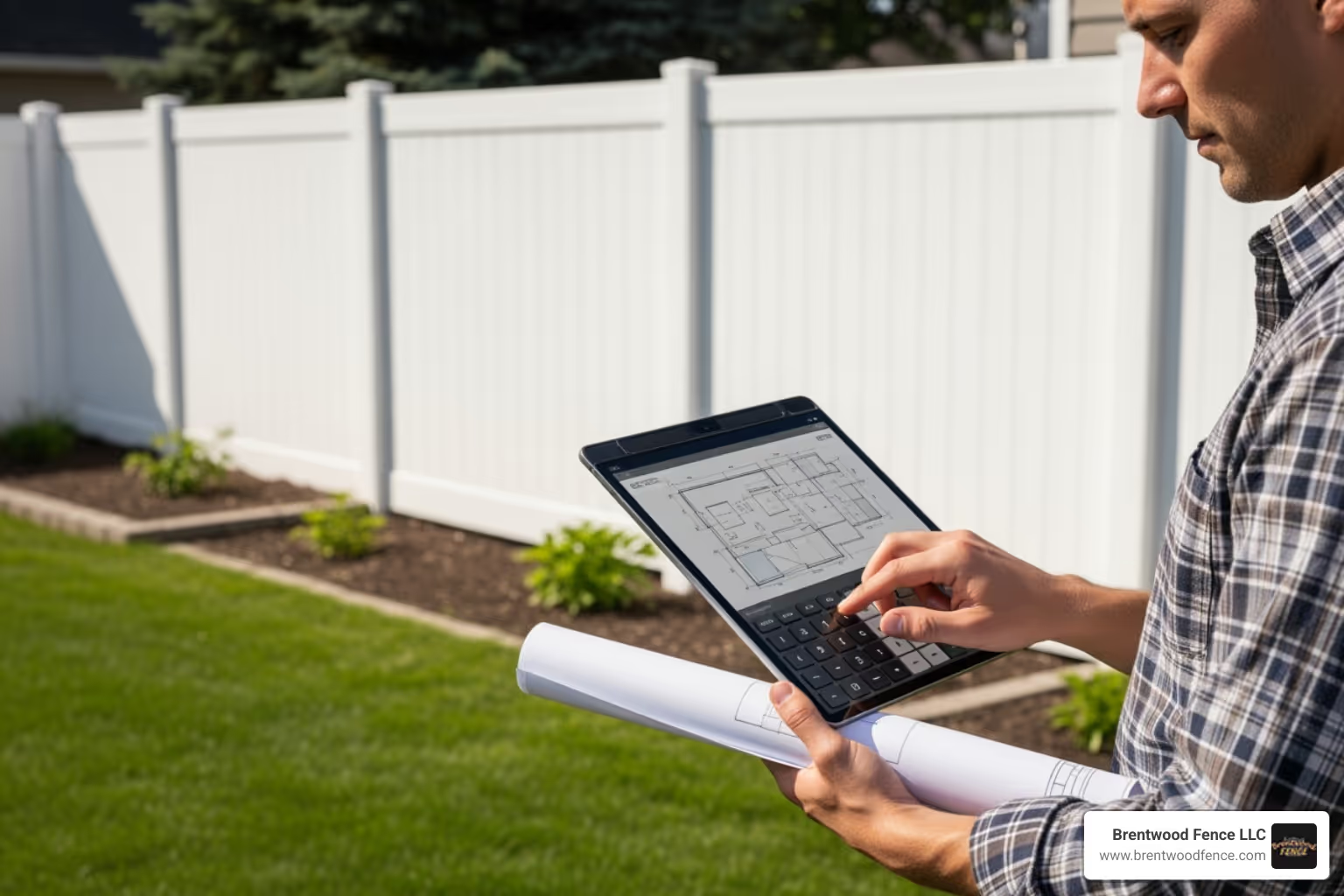
A vinyl fence price estimator is an online tool that calculates approximate costs for your fencing project based on measurements, style preferences, and local pricing data. Here's what you need to know:
Quick Answer - Vinyl Fence Price Estimator Basics:
Planning a vinyl fence project without knowing the costs is a gamble. Since vinyl fencing is a significant investment—typically $1,500 to $6,000 for residential projects—an accurate upfront estimate is crucial to avoid sticker shock and budget properly.
Vinyl fencing's benefits justify the cost: it never needs painting, won't rot or rust, and often includes lifetime warranties. However, calculating your final price involves more than a simple price-per-foot multiplication.
This guide will walk you through everything you need to know about vinyl fence price estimators—how they work, what factors influence your costs, and how to use them effectively for planning your project.
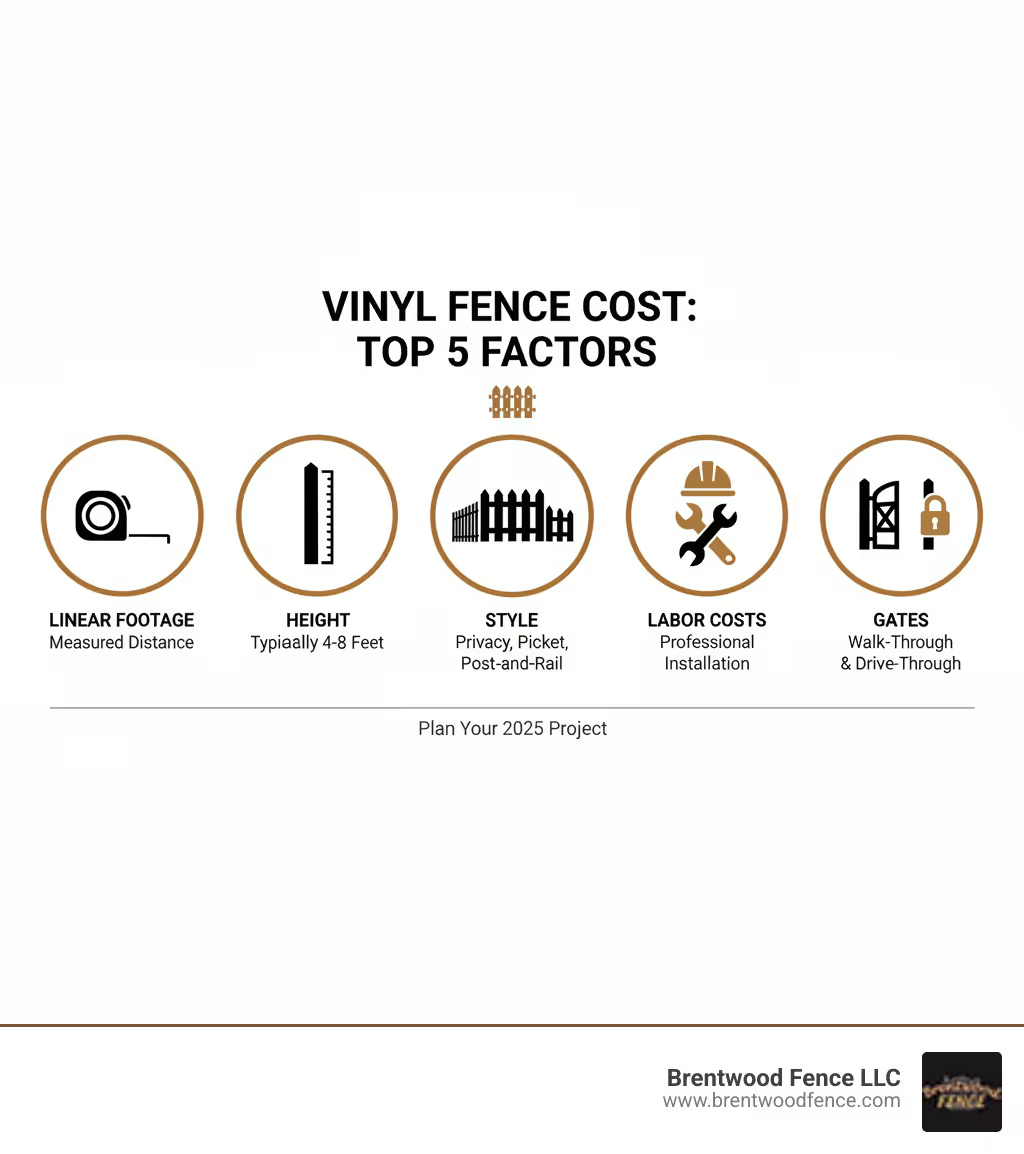
Know your vinyl fence price estimator terms:
Think of a vinyl fence price estimator as a knowledgeable guide for your project. It can't give you an exact final price without a site visit, but it provides a reliable cost expectation based on similar projects.

A vinyl fence price estimator is an online tool that gives you a ballpark figure for your fencing project. You input details like fence length, height, and style, and it provides an estimated cost range.
These tools combine your project details with average material and labor rates in your area for instant feedback. However, most estimators focus on material costs and basic labor estimates, not property-specific quirks that can impact your final price. That's why they work best as a starting point for budgeting. For a more comprehensive understanding of typical costs, you can check out this general cost guide from Homewyse.
The key difference between an online estimator and a firm quote is that estimators give you a "what if" scenario, while contractors provide the "here's exactly what it will cost" reality after an on-site evaluation.
A vinyl fence price estimator uses a straightforward calculation process. Linear footage is the foundation, acting as the primary multiplier for materials and labor.
Fence style dramatically affects the math. A solid privacy fence uses more vinyl per foot than a picket fence. Post and rail fences are the most economical, requiring the least material.
Fence height also impacts costs, as taller fences need longer panels and posts. Most residential vinyl fences are 4 to 8 feet tall, with 6-foot privacy fences being a popular choice, typically running $25-$35 per linear foot installed.
The number of gates adds complexity and cost, as they require specialized hardware and extra support posts.
Average material prices for panels, posts, and caps are factored in. The tool calculates the number of panels needed by dividing your total footage by the standard panel width (usually 8 feet).
Finally, assumed labor rates based on regional averages are added to give you a realistic starting point for budgeting the installation.
Finding a trustworthy vinyl fence price estimator is relatively easy.
Professional fence installer websites often have the most accurate estimators, as they are customized to their specific products and local pricing.
Material supplier sites are another reliable option, especially for understanding material costs, which is a major component of your total project cost.
General cost-estimating websites provide broader market overviews by using your zip code to pull from wider databases of localized average prices for materials and labor.
Each type of estimator is designed to give you a starting point. For a deeper dive into professional installation costs, see more info about the Cost to Have Vinyl Fence Installed. The best approach is to try a few estimators to find a consistent range, then use that as a baseline for conversations with contractors.
Your vinyl fence price estimator results can swing dramatically based on several key factors. Understanding these will help you make sense of the numbers. Vinyl fence costs aren't cookie-cutter; while a basic 6-foot privacy fence might range from $25-$35 per linear foot, complex projects can climb to $78.63 per linear foot or more. For example, costs in Fort Worth, TX, have varied between $25.07 and $57.60 for similar projects.
These variations are caused by a combination of material choices, labor complexities, project scope, and regional differences. Your fence style, material quality, property's terrain, and location all play a role in your final investment.
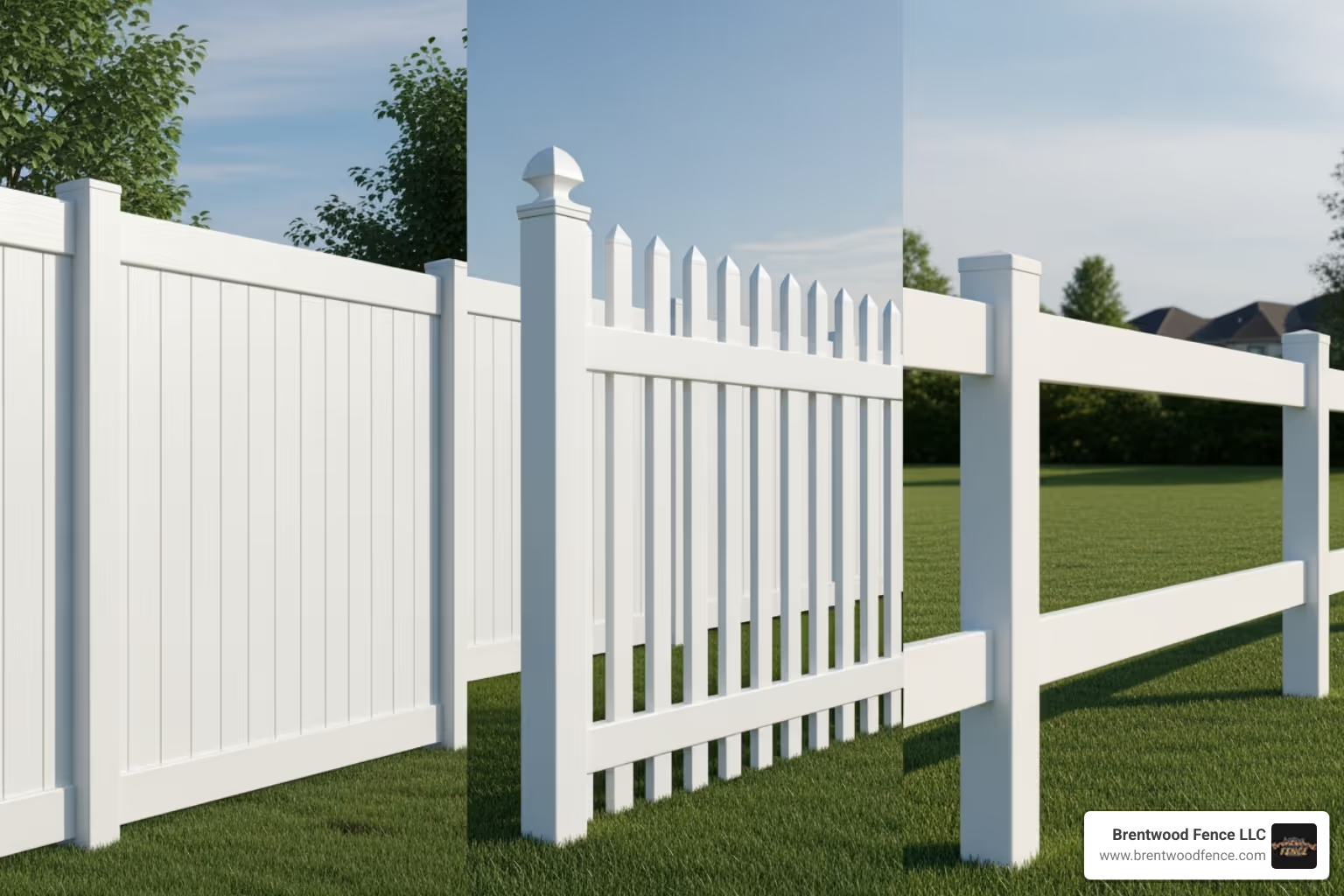
Material costs are the foundation of your budget. While vinyl is durable and low-maintenance, the upfront investment reflects this quality.
For detailed information about different vinyl options, check out More info about Vinyl Fencing.
Labor often represents a substantial part of your total project cost, with basic labor ranging from $56.03 to $78.63 per linear foot. Professional installation ensures your fence meets local codes and prevents costly future repairs.
Factors that increase labor costs include:
Post installation is labor-intensive, requiring deep holes and concrete for stability, which is especially challenging in difficult soil. Learn more at Putting Concrete in Vinyl Fence Posts.
Your project's size and local market conditions are the final piece of the pricing puzzle.
A vinyl fence price estimator uses your zip code to account for these differences, but local market conditions change. Costs for modifying existing structures (HVAC, electrical) are typically not included.
To get the most from a vinyl fence price estimator, you need to do some homework. Gathering specific details about your property and project goals provides a realistic budget and makes conversations with installers more productive. This upfront effort prevents surprises down the road.
This step is where precision meets practicality. Accurate data leads to an accurate estimate.
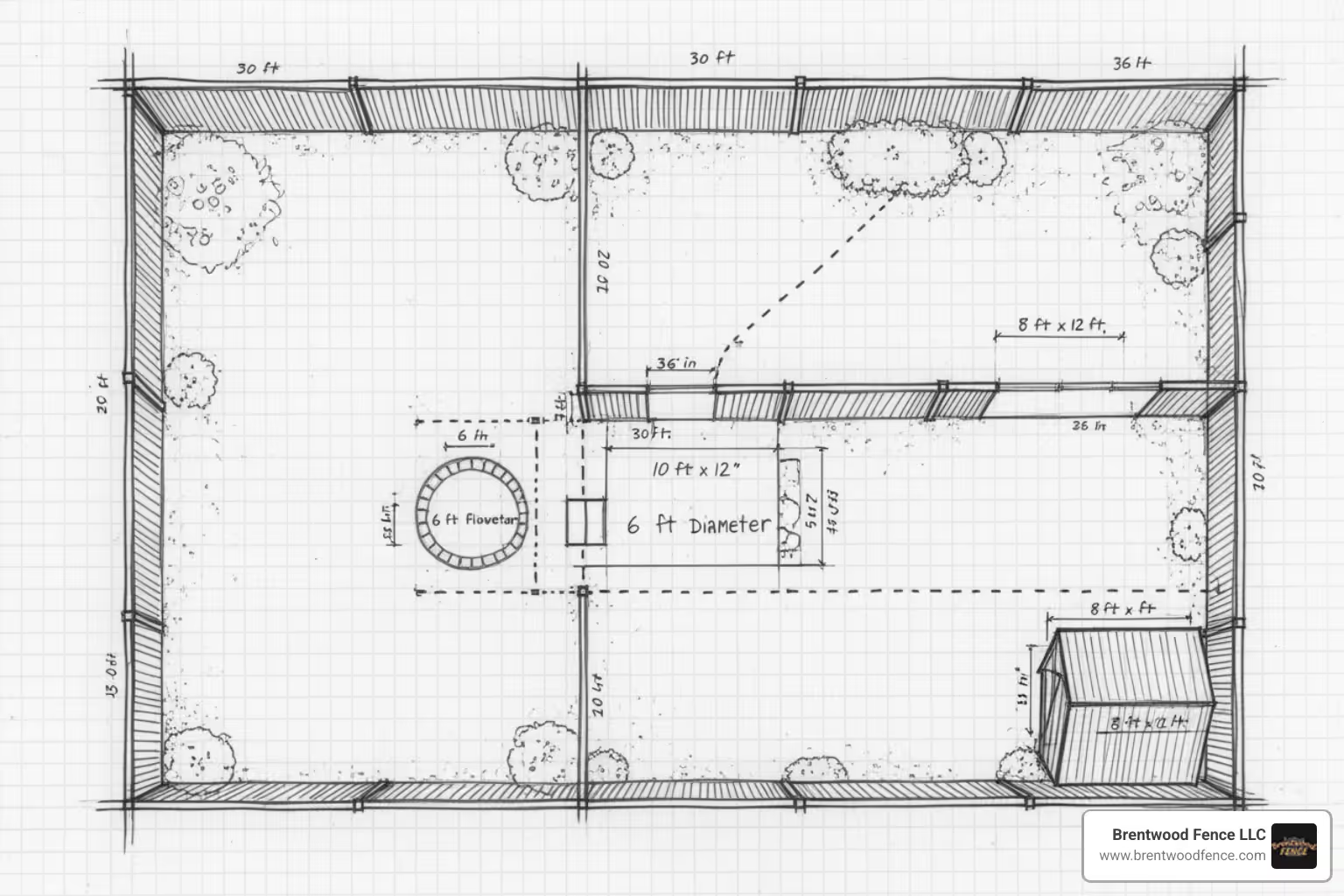
Understanding the components of your fence helps you make sense of vinyl fence price estimator results.
For deeper insights into the installation process, you can Review our Vinyl Fence Installation Tips.
These costs are easy to overlook but crucial for an accurate budget.
For more on site work, the U.S. Department of Housing guide on site work offers valuable insights. Accounting for these expenses creates a more realistic budget.
After using a vinyl fence price estimator to create a preliminary budget, you're ready to move toward installation. This involves comparing professional quotes, understanding the long-term value, and making the right decision for your home.
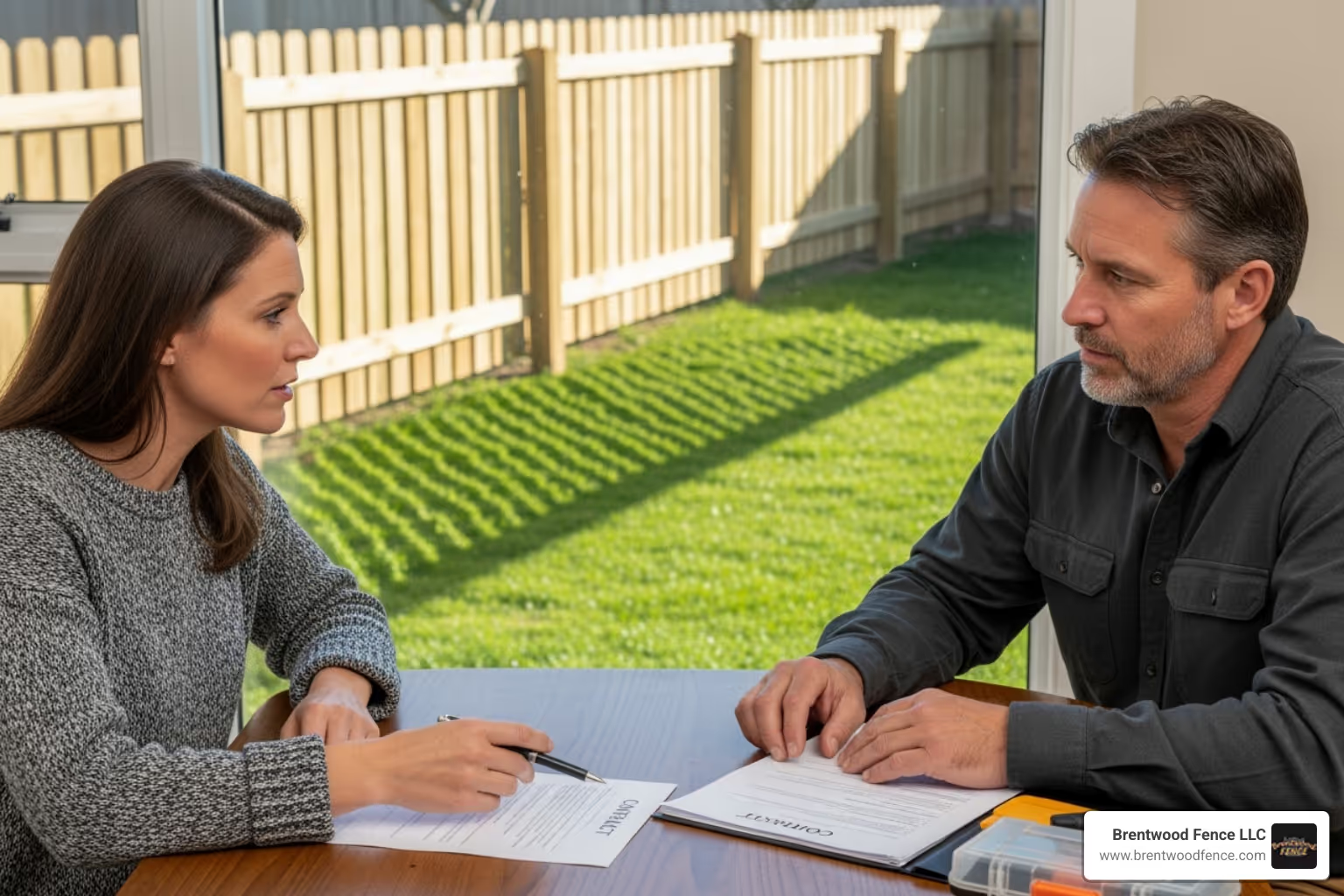
While the initial cost of a vinyl fence can be higher, its long-term benefits make it a smart investment in durability, minimal upkeep, and lasting value.
After using a vinyl fence price estimator for your baseline budget, gather at least three detailed, itemized quotes from professional installers. This ensures you get a fair price and a clear understanding of the services offered.
When comparing quotes, look beyond the bottom line:
For personalized service and expert installation in your area, you can Find Local NH, MA, ME Vinyl Fence Installers who understand the unique needs of our region.
It's common for online estimates to differ from professional quotes. If your vinyl fence price estimator result seems off, don't panic—it's a sign to dig deeper.
Discrepancies can happen for several reasons:
Planning a vinyl fence project is easier with a vinyl fence price estimator. It acts as a compass, pointing you toward realistic budget expectations and helping you understand the investment. These tools break down pricing into understandable components, giving you a solid foundation for financial planning.
However, a vinyl fence price estimator is your starting line, not your finish line. Professional, on-site quotes are where real precision happens. An experienced installer brings expertise no online tool can match, spotting challenges like steep slopes, landscaping, or drainage issues that impact your final investment.
The beauty of choosing vinyl fencing is the long-term value. You're investing in decades of worry-free enjoyment with no painting, rot, or rust. It's a decision that pays dividends in both time and money.
Your next step is to take your measurements, use an estimator, and then connect with professionals who can turn those numbers into reality. Smart planning combined with expert installation is the recipe for a successful project.
For homeowners across New England ready to move from estimates to installation, we're here to provide the precise, transparent assessment you need. Our team understands our region's unique conditions and will give you a comprehensive quote customized to your property and vision.
Get a professional quote for your Vinyl Fencing Installation
Copyright 2022 Brentwood Fence | All Rights Reserved | Sitemap | Website by Plumb Development a Digital Marketing Agency